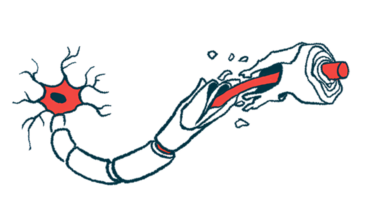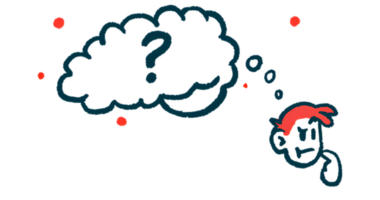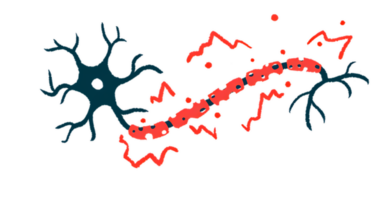Magnetic brain stimulation aids motor function, balance in MS trial
Noninvasive rTMS was paired with intensive rehab program in study

Coupling a noninvasive brain stimulation procedure with an intensive rehabilitation program significantly improved motor function and balance in adults with relapsing-remitting multiple sclerosis (RRMS), a randomized clinical trial finds.
High-frequency repetitive transcranial magnetic stimulation (rTMS) is a noninvasive treatment approach that delivers pulses of magnetic fields to modulate nerve cell activity in the brain. It also improved the integrity of the brain’s white matter, which is damaged in multiple sclerosis (MS).
The study, “Effect of high frequency repetitive transcranial magnetic stimulation (rTMS) on the balance and the white matter integrity in patients with relapsing-remitting multiple sclerosis: A long-term follow-up study,” was published in Multiple Sclerosis and Related Disorders.
MS is an inflammatory disorder marked by damage to the myelin sheath, the protective coating around nerve fibers, in the brain and spinal cord. MS symptoms and severity vary widely depending on which region of the nervous system is affected.
In about one-third of MS patients, the cerebellum, or “little brain,” a structure at the bottom back of the brain, is damaged. Because the cerebellum’s primary function is muscle control, including balance and movement, more than 40% of patients have a lack of coordination called ataxia.
rTMS is designed to modulate electrical signals in the brain using a magnetic field. An electrical coil is placed near the scalp, which delivers pulses of magnetic fields to specific brain regions.
Treating motor function with rTMS
A research team led by scientists at the Suez Canal University, Egypt explored whether delivering high-frequency rTMS to the cerebellum could be a potential treatment for truncal ataxia, which affects the trunk, in adults with RRMS. “To the best of our knowledge, this is the first study that addresses the effect of rTMS on cerebellar ataxia in RRMS patients,” the researchers wrote.
A total of 43 participants, ages 20-40, were randomly assigned to one cycle of rTMS or a sham procedure that included 12 sessions over four weeks. In each session, rTMS involved 20 trains of 50 magnetic stimuli spaced 20 seconds apart using a coil over the cerebellum. The sham group underwent the same procedure using a different coil that mimicked the sounds of rTMS.
Then all the participants received four rTMS treatment cycles, also consisting of 12 sessions across four weeks, with a two-month interval between cycles.
Throughout the trial, the participants could continue to receive their standard MS therapies and all participated in a rigorous rehabilitation program that included balance exercises, lower back stabilization, gait training, and motor relearning skills.
Motor function was assessed with the 10-meter walking test (10MWT), which measures how fast a person can walk 10 meters, and balance was measured using the time up and go (TUG) test and the Berg balance scale (BBS). MRI scans assessed changes in the cerebellum.
After four weeks, rTMS-treated patients had significant improvements across all motor function and balance measures compared with sham treatment. The mean walking speed improved by 15.6%, while the scores for TUG improved by 10.1% and 18.3% for BBS. No significant changes were found in the sham group. The patients reported only mild and transient side effects, which included nausea, headache, and dizziness.
The integrity of the cerebellum white matter, called because it contains a lot of myelinated nerve fibers, was assessed using MRI scans. Two white matter nerve fiber tracts were examined, one leading out of the cerebellum, called the cerebello-thalamo-cortical (CTC) tract, and one leading in, the cortico-ponto-cerebellar (CPC) tract.
rTMS sessions significantly increased the mean values of fractional anisotropy, an MRI measure that reflects myelin integrity, and the size and density of nerve fibers. The sham group showed no changes.
The benefits continued to be observed across all measures in the open-label part where all the participants received rTMS, with improvements seen in BBS, TUG, and 10MWT scores. With long-term treatment, white matter integrity was also significantly improved in the CPC and CTC on both sides of the cerebellum.
“High frequency rTMS is safe and effective in treatment of truncal ataxia in RRMS patients,” the scientists said. “It has a positive effect on walking speed over a short distance, as well as the balance when combined with intensive rehabilitation techniques.”







